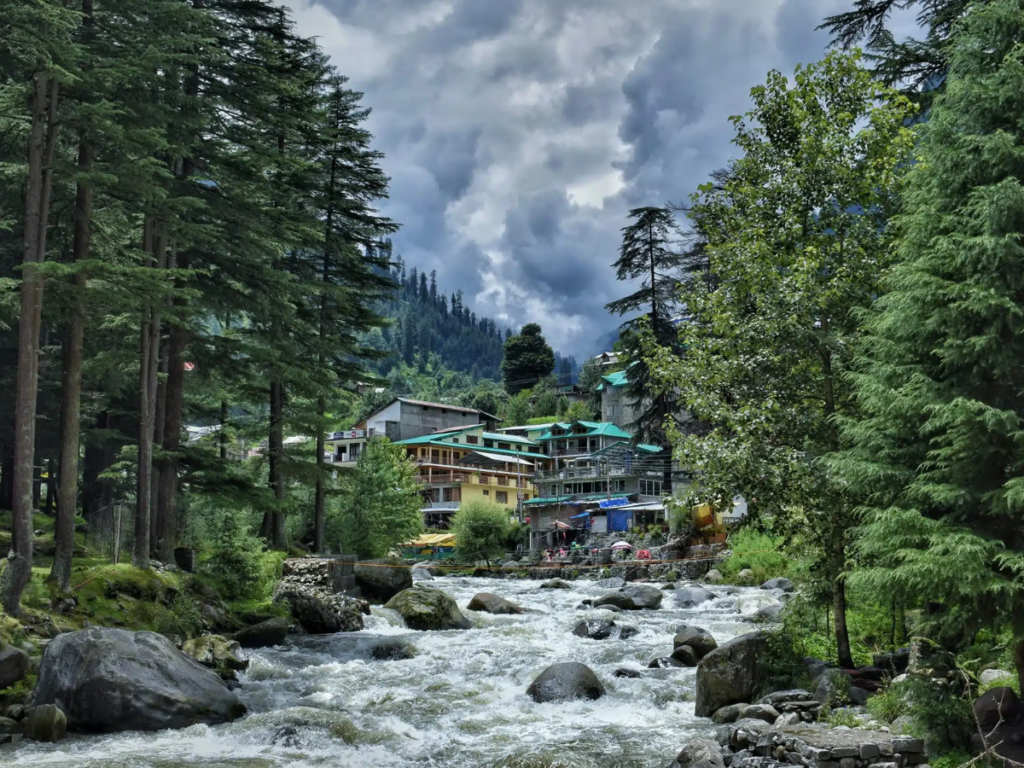Leh Ladakh, the mesmerizing land of high-altitude deserts, snow-capped mountains, and pristine lakes, is a dream destination for adventure enthusiasts, nature lovers, and those seeking spiritual solace. Whether you want to trek through rugged terrains, explore ancient monasteries, or simply revel in the beauty of the Himalayas, the best time to visit Leh Ladakh can make all the difference in your experience.

In this guide, we’ll take a closer look at the ideal times to visit Leh Ladakh, considering factors like weather, accessibility, and local festivals. With the right timing, your journey to this incredible region can become an unforgettable adventure.
Best Time to Visit Leh Ladakh: Seasonal Breakdown

1. Summer (June to September) – Ideal for Most Travelers

Summer is undoubtedly the most popular and best time to visit Leh Ladakh. The weather is pleasant, with daytime temperatures ranging from 15°C to 30°C, and nights being cooler, dropping to around 5°C to 10°C. These months offer the most comfortable travel conditions, with clear skies, mild temperatures, and a vibrant atmosphere.
The roads to Leh from Manali and Srinagar are usually open by June, making it easier to access the region. The famous Leh-Manali Highway and the Leh-Srinagar Highway are both operational during this time, allowing tourists to enjoy scenic drives through rugged landscapes. Summer also offers opportunities for outdoor activities like trekking, river rafting, and bike tours.
Additionally, summer brings a host of cultural events and festivals, such as the Hemis Festival (usually in July), which showcases traditional Ladakhi music, dance, and religious ceremonies. It’s the perfect time to experience Ladakh’s vibrant culture.
Pros:
- Pleasant weather for outdoor activities
- Road access from Manali and Srinagar
- Festivals and cultural events
- Best time for trekking, biking, and photography
Cons:
- It tends to be more crowded since it’s the peak tourist season.
- Higher accommodation and travel costs
2. Autumn (September to October) – Best for Solitude and Scenic Beauty

If you prefer a quieter experience, the autumn months of September and October are an excellent time to visit Leh Ladakh. The tourist crowds start to thin out, giving you the chance to explore the region with a bit more peace and solitude. The weather is still pleasant, though temperatures start to dip, especially in the evenings, with daytime temperatures ranging from 10°C to 20°C.
Autumn is also the time when the landscape of Leh Ladakh transforms into a stunning mix of golden yellows, oranges, and reds. The changing colors of the leaves make the region even more photogenic, especially around places like Pangong Lake, Nubra Valley, and the surrounding monasteries.
This is also a great time to go trekking, as the trails are less crowded and the weather is still suitable for long hikes.
Pros:
- Fewer tourists and less crowded
- Beautiful autumn colors and landscapes
- Ideal for trekking and photography
Cons:
- Some remote areas may begin to close due to the approaching winter
- Temperature drops in the evenings
3. Spring (April to May) – Great for Pre-Summer Exploration

Spring is a transitional season in Leh Ladakh, where the snow starts melting and the landscape begins to bloom again. April and May are ideal for those who want to avoid the crowds but still experience pleasant weather. Temperatures during the day can range from 10°C to 20°C, but nights can be quite chilly.
Though the region may not be as lush as during the summer months, the early spring in Ladakh offers a unique charm, with snow-capped mountains and the first signs of life emerging after winter. The roads connecting Leh to the rest of India may still be closed in April, but by mid-May, both the Leh-Manali and Leh-Srinagar highways usually reopen.
If you want to explore the monasteries, enjoy quiet moments by the lakes, and witness the beauty of nature without the summer rush, spring could be the perfect time for you.
Pros:
- Fewer crowds
- Peaceful atmosphere
- Reopening of roads and accessible trails
Cons:
- Some areas might still be snowed in, limiting access
- Nights can be very cold
4. Winter (November to March) – For the Bold and Adventurous

Winter in Leh Ladakh is extreme.Temperatures can drop as low as -20°C, particularly in December and January.This season is not for the faint-hearted, but for those who thrive on adventure, it offers a unique experience. The region is covered in snow, transforming it into a winter wonderland.
Winter is a great time to visit if you want to experience the Chadar Trek (the Frozen River Trek), which is one of the most thrilling winter treks in the world. However, travel during winter is more challenging, as most roads are closed, and only the most seasoned travelers are advised to visit.
If you’re seeking solitude and don’t mind the extreme cold, winter offers unparalleled tranquility, as you’ll find very few tourists in the region during these months.
Pros:
- Snow-covered landscapes and tranquility
- Unique winter treks like the Chadar Trek
- No crowds
Cons:
- Extremely cold temperatures
- Limited access to roads and facilities
- High-altitude conditions can be challenging
Conclusion: When Is the Best Time to Visit Leh Ladakh?
The best time to visit Leh Ladakh depends on the type of experience you want to have.
- For comfortable weather, outdoor activities, and vibrant festivals, summer (June to September) is your ideal time.
- For fewer crowds, stunning autumn landscapes, and peaceful exploration, visit in autumn (September to October).
- For an early spring escape with fewer tourists and mild weather, spring (April to May) is a great option.
- For extreme adventurers looking for snow and solitude, winter (November to March) offers a unique challenge.
Each season offers its own set of advantages, so pick the one that best suits your travel preferences and enjoy an unforgettable journey through the captivating landscapes of Leh Ladakh!

